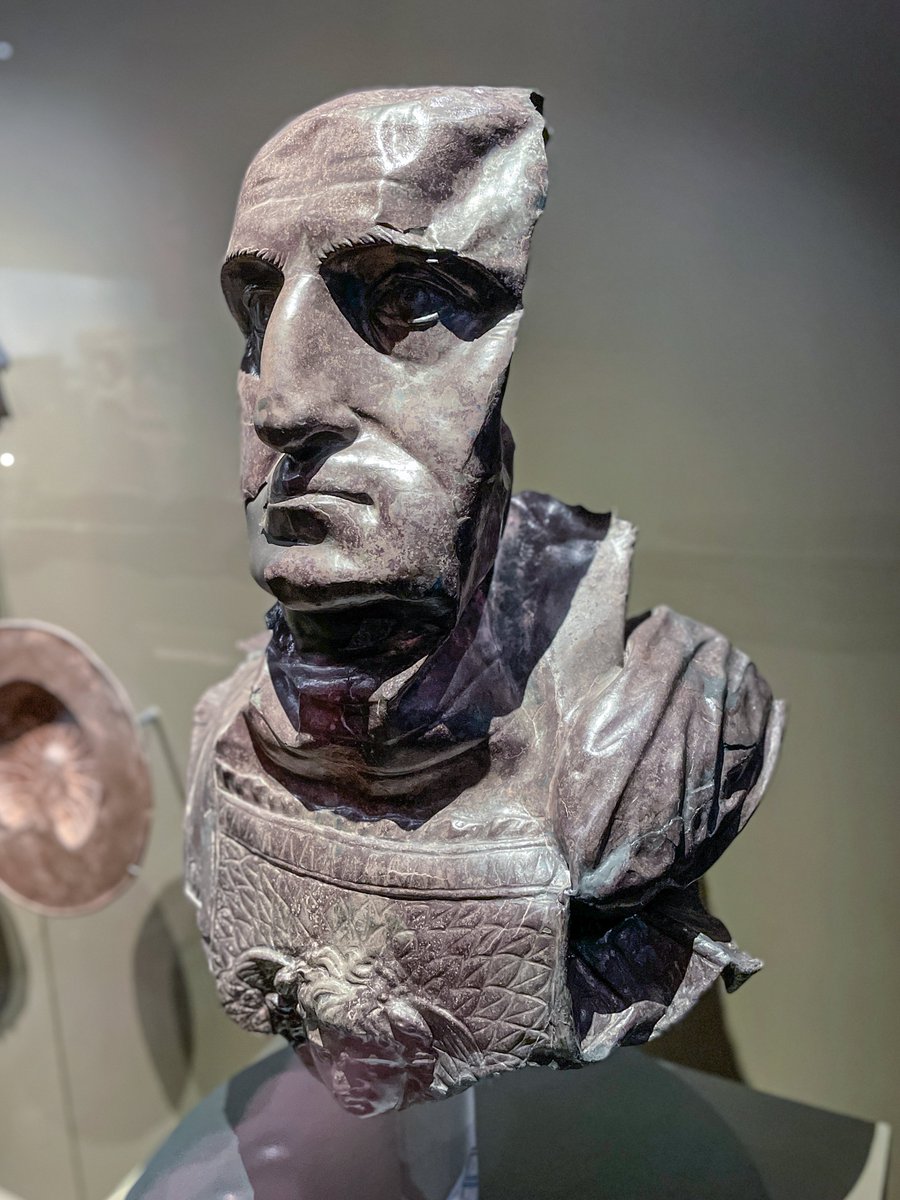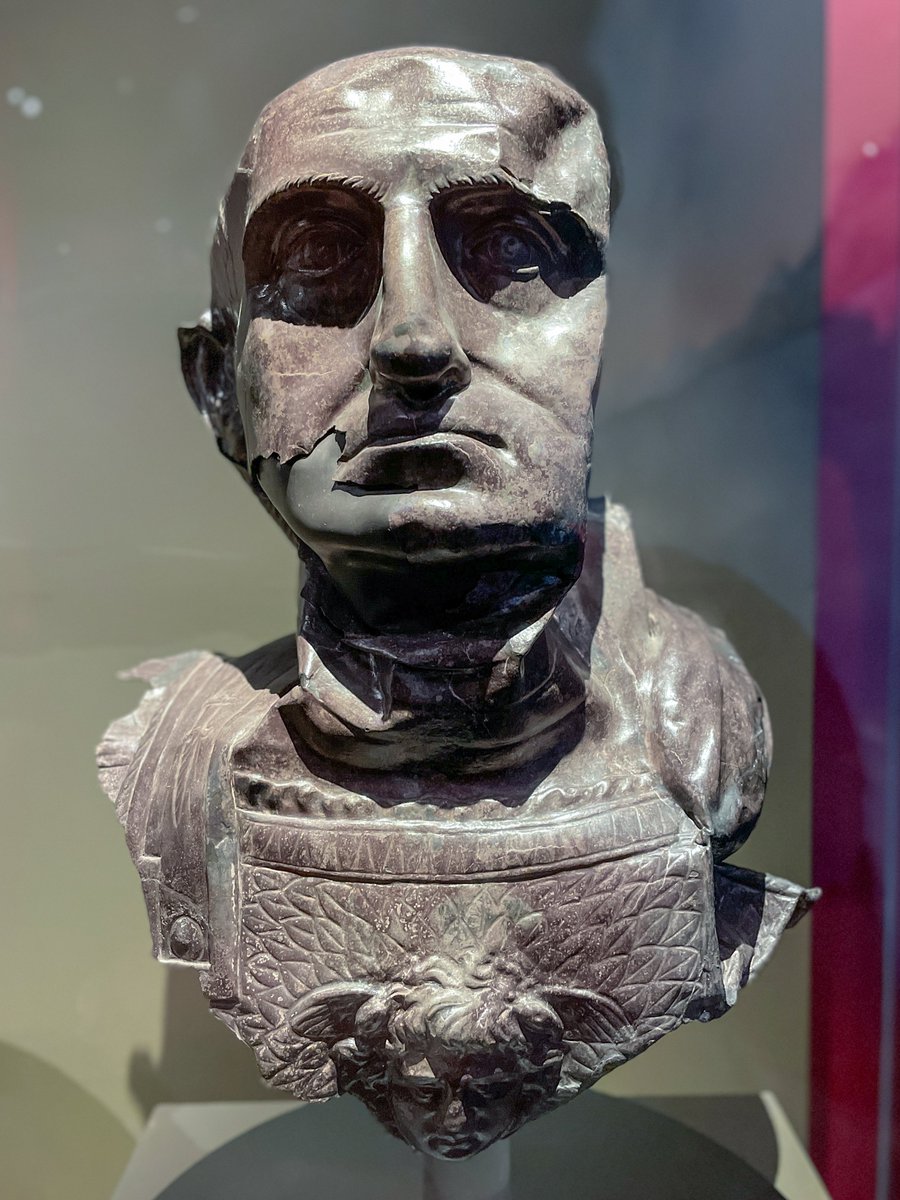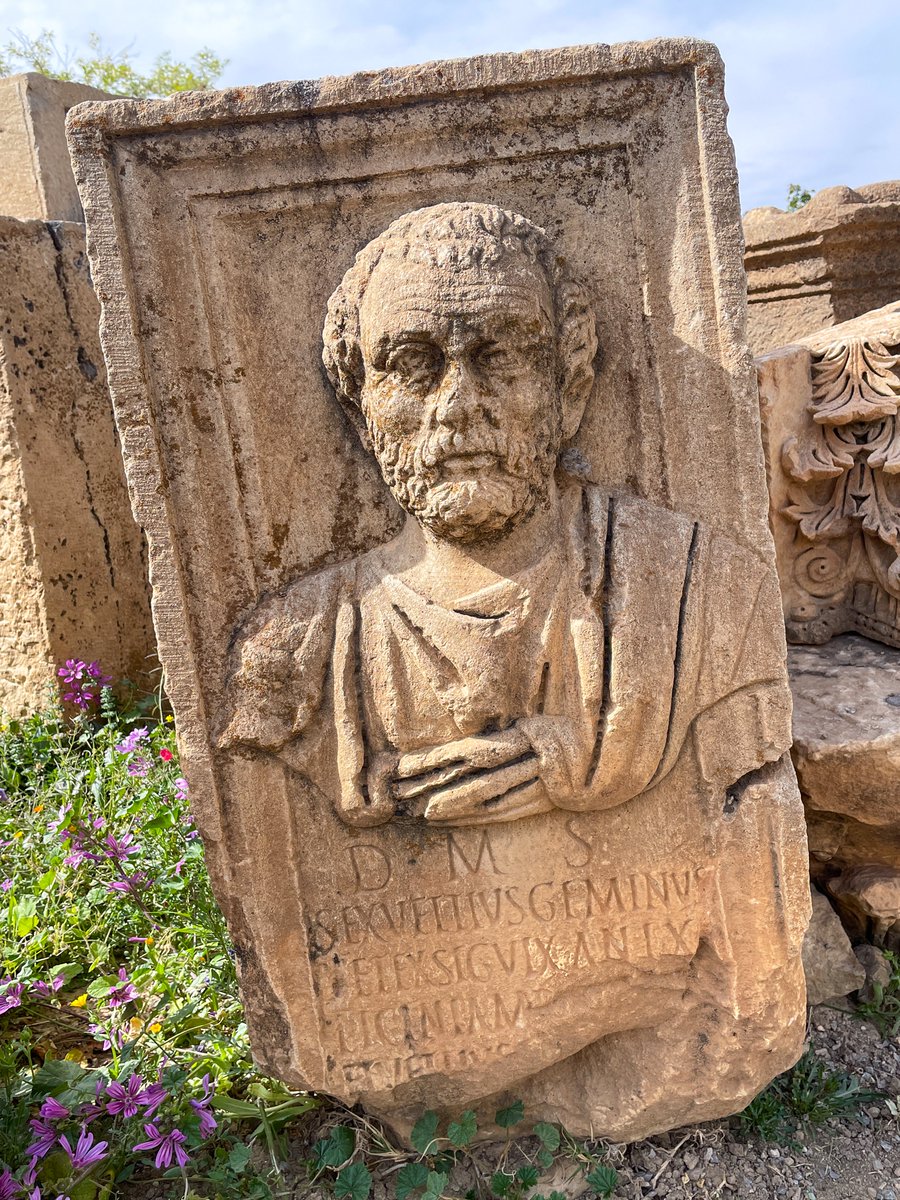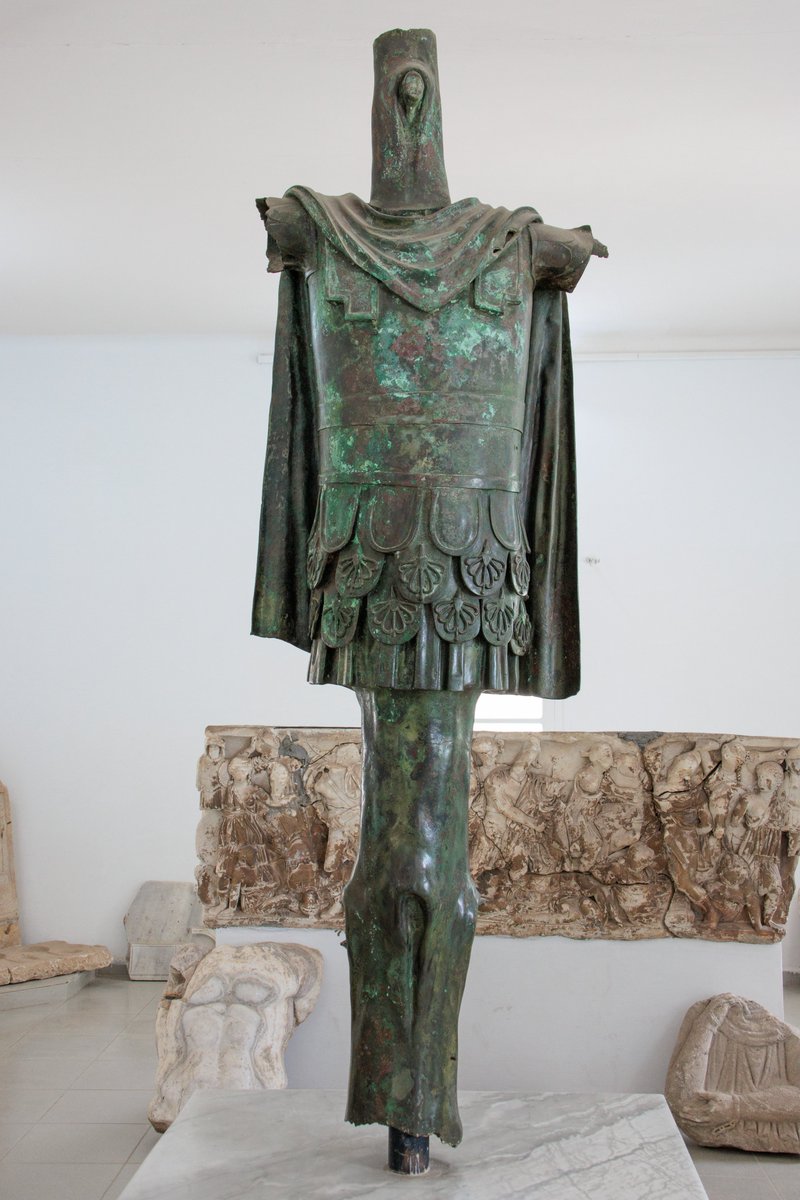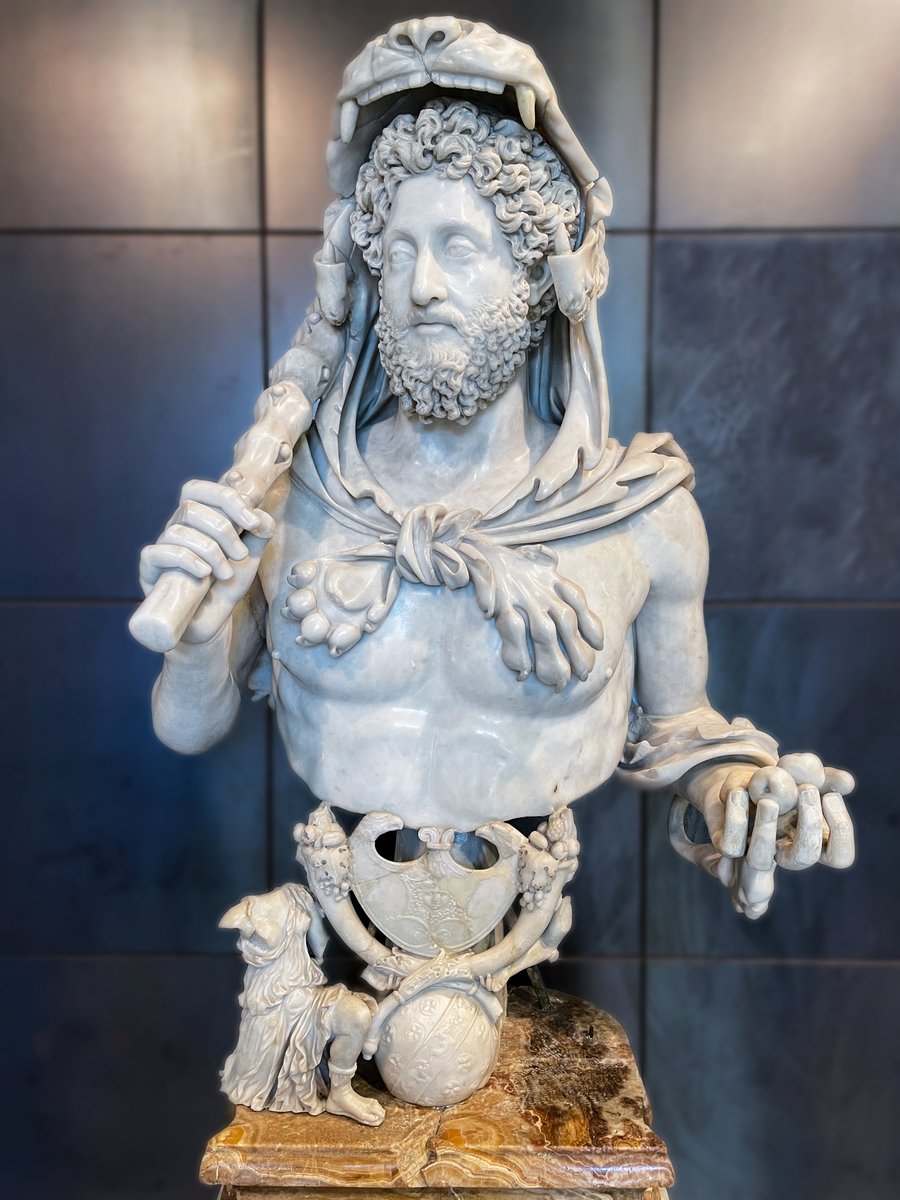1) On a spring day in 1907, two schoolboys were playing on the banks of the River Alde at the edge of the village of Rendham, near Saxmundham, Suffolk. One of the boys, Arthur Godbold, spotted what he thought was a football, submerged in the murky waters... 

2) Arthur used a hoe to lever the mysterious round object out of the muddy riverbed. It soon came free and Arthur heaved the weighty thing from the waters. Wiping away the muck, he stared with disbelief into a pair of empty eyes. In his hands he held a head made of metal.. 

3) The two boys were delighted with their odd find and Arthur carried the life-size head back to his home in the village. With no one able to make much sense of it, the head was painted with whitewash and mounted on a post in the garden as a curiosity.. 

4) There the head stayed for some years, a talking point for the villagers, until it was spotted by Edmund Hollond, owner of the nearby Benhall Lodge estate. The Cambridge-educated Hollond recognised the head as a possible antiquity and offered young Arthur five shillings for it. 

5) The head was soon brought before the Society of Antiquaries in London for its first proper investigation. One of the attendees, the famed neoclassical painter Lawrence Alma-Tadema, commented it was "undoubtedly one of the princes of the Augustan family." 

6) Consenus was soon formed among the experts the head was surely a representation of Claudius "torn from his statue in the Temple of Claudius by British pillagers" during the Boudican Revolt of 65 AD, and was "more like Claudius than any other Julio-Claudian emperor or prince." 

7) The head was sold at a Sotheby's auction in 1965 with the British Museum acquiring it for £15,500. It was decided that Arthur Godbold, now a dairy farmer in his sixties, should be given £100 for his discovery of the head in the Edwardian era. 

8) Today the remarkable Roman bronze head is generally accepted to be a portrait of a youthful Nero, with its characteristic tapering chin and protruding ears, heavy fringe parted in a shallow V and comma shaped sideburn curls. 

9) Analysis has shown the bronze statue received around a dozen heavy blows to the rear of the neck with a sharp implement before the head was ripped from the shoulders. How it ended up in the river, 30 miles from where it presumably stood in Colchester, we cannot know for sure.. 

10) ..but it seems safe to assume that the head was carried off as loot by Boudica's forces after destroying Camulodunum (Roman Colchester). Conveyed to the Iceni heartlands northwest of the town, it may have been ritually deposited in the river as part of a ceremonial offering. 

11) Today the Roman bronze head - pulled from a Suffolk riverbed by a curious schoolboy 114 years ago and given five shillings for his find - can be viewed as part of the British Museum's exhibition on Nero, running until October. {END} 

A final quote from Arthur Godbold, interviewed a couple of years before his death in 1968:
"I have no regrets about selling the head. Five shillings was a lot of money to me as a schoolboy. And anyway, what would I do with all that money now?"
"I have no regrets about selling the head. Five shillings was a lot of money to me as a schoolboy. And anyway, what would I do with all that money now?"

• • •
Missing some Tweet in this thread? You can try to
force a refresh








